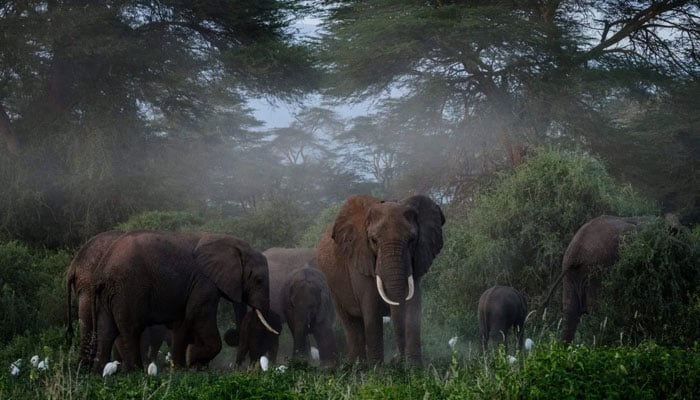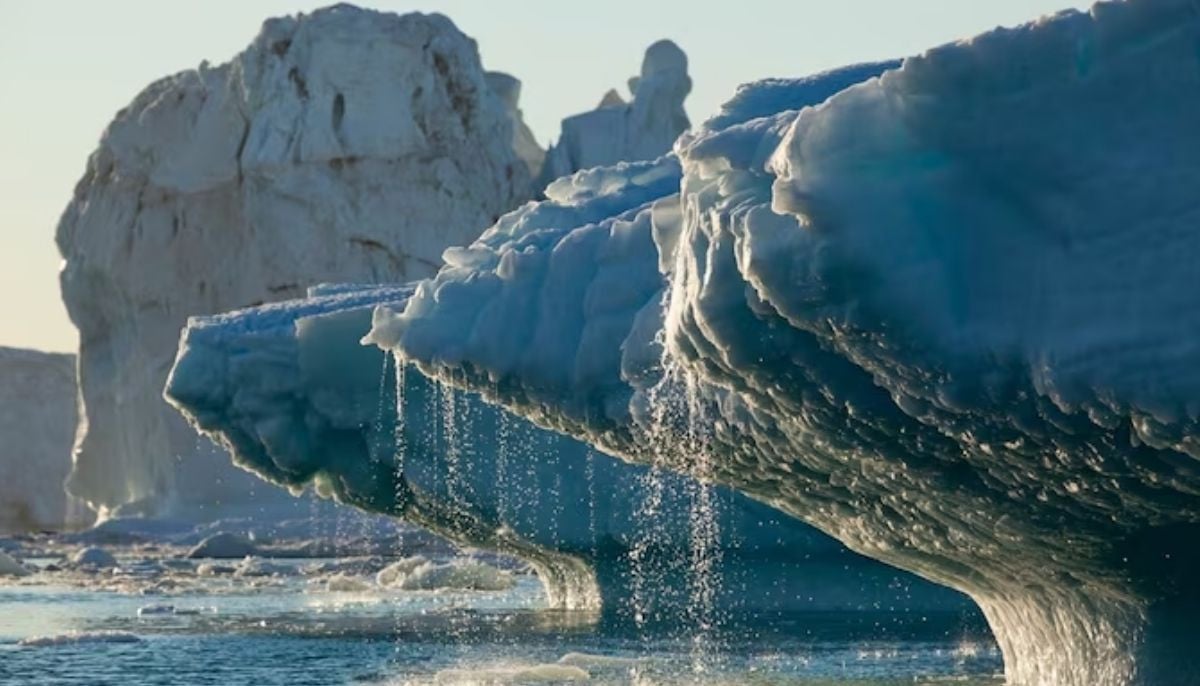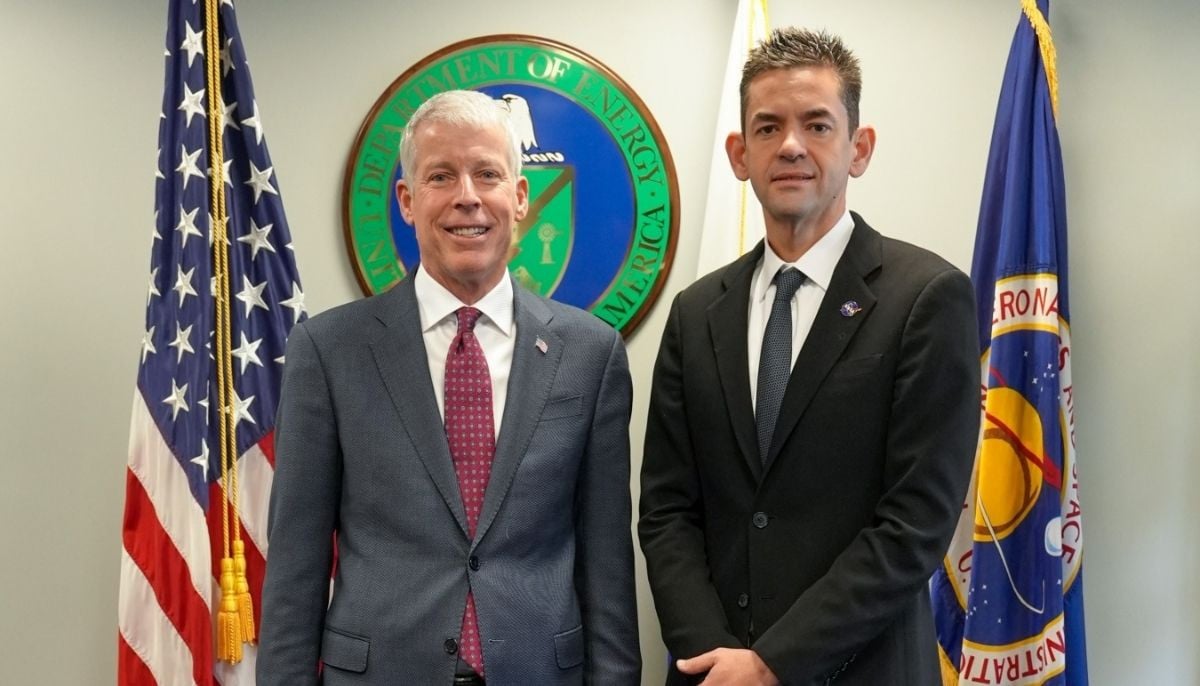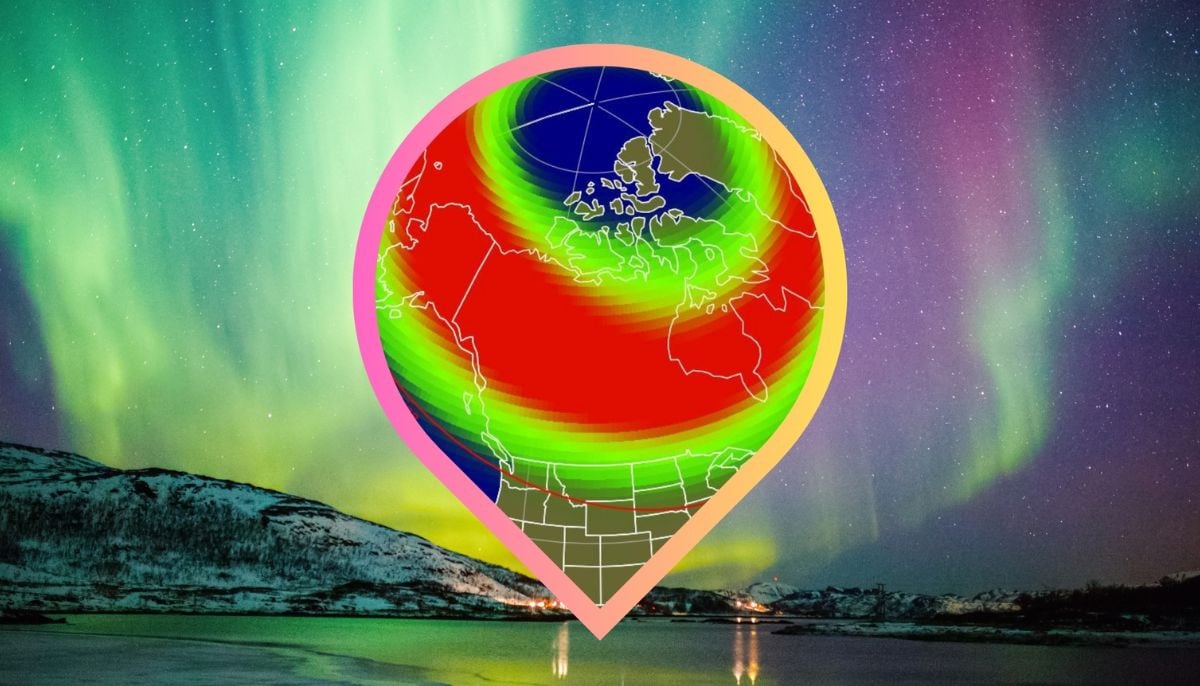Crucial migrating species in danger of becoming extinct: UN
These species carry nutrients, pollinating, and maintaining woodlands that are vital to preservation of Earth's ecosystems
A recent United Nations (UN) report has warned that the world's most endangered migratory species are increasingly at risk of becoming extinct, BBC reported.
The great explorers of the animal kingdom are migratory animals, from African penguins to European eels and turtle doves to green turtles.
With them, they carry nutrients, pollinating, and maintaining woodlands that are vital to the preservation of Earth's ecosystems.
However, decades of exploitation have left "species on the edge of extinction".
Migratory species include elephants, scalloped hammerhead sharks, leatherback sea turtles, and albatrosses, among others.
The Convention on the Conservation of Migratory Species of Wild Animals (CMS), which was signed by several countries more than 40 years ago, aims to safeguard the world's migratory species.
Now, a first global assessment has been undertaken looking at the numbers and health of these animals.
According to CNN, one in five of the 1,189 species that were evaluated by the researchers is in danger of going extinct. The situation is even worse for certain species with 97% of fish listed under the treaty are considered to be vulnerable.
Most of the report's findings point to human activities as the cause of the reduction, including excessive hunting and killing of animals, habitat destruction, climate change, and the spread of cities and towns.
Between 11 and 36 million birds are thought to be unlawfully killed or stolen each year in the Mediterranean region alone.
The report recommends that:
- Develop key biodiversity areas and identify locations along the migration routes of the most vulnerable animals.
- Reduce infrastructure that affects migration routes, such as dams.
- Create protected land corridors.
- Ensure that 30% of degraded land and marine areas are restored.
By mapping migration corridors, it is hoped that animals can be protected from human activities. One of the biggest threats facing sharks and rays is being incidentally fished as bycatch.
-
Elon Musk’s Starlink rival Eutelsat partners with MaiaSpace for satellite launches
-
Blue Moon 2026: Everything you need to know
-
Scientists unravel mystery of James Webb’s ‘little red dots’ in deep space
-
ISS crew of four completes medical evacuation with safe splashdown off California
-
Annular solar eclipse 2026: Here's everything to know about the ‘ring of fire’
-
World’s first ice archive created to preserve fast-melting glaciers’ secrets
-
NASA, DOE to develop Nuclear Reactor on the Moon by 2030
-
Aurora alert: Northern lights visible tonight at high latitudes

_updates.jpg)











